Figures & data
Figure 1. Design illustration of Flexibility Trainer, with the braking system (isokinetic hydraulic dampers) and the force sensor (connection between dampers and left slide). Rotational damper (front of foot mount), steel cable with guide rollers (from left to right) and its opposing sided mounts on the sliders (Hoelbling et al., Citation2020)
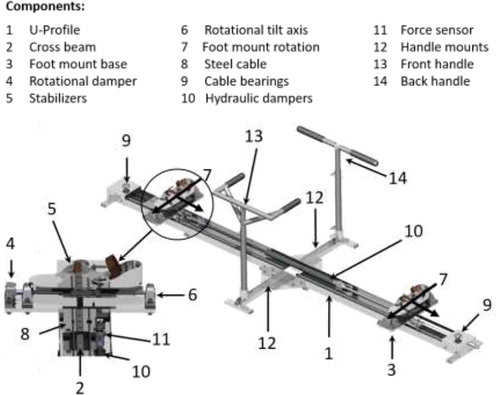
Figure 2. Visualisation of flexibility tests recorded with a 3D Vicon® motion capturing system, based on (Hoelbling et al., Citation2020a)
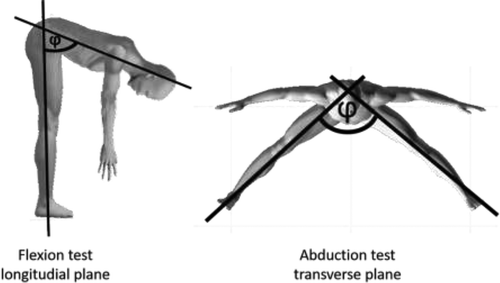
Table 1. Flexibility trainer exercise description for total ~60s
Figure 3. Phases and nodes illustration of the double side kick, with specifications of kicking movement 1 and 2 (KIM1; KIM2), which together forms the total kicking movement (TKIM)
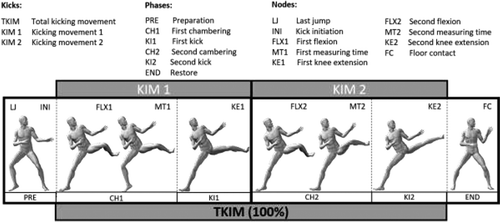
Figure 4. Illustration of forces and moments acting during device training, adapted from. Hoelbling et al. (Citation2020)
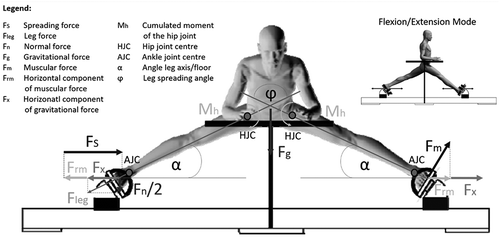
Table 2. Results of main (within-subject) effects and group differences of ANOVA (or Friedman test for variables, which significantly differ from normal distribution). Variables: φ = leg spreading angle; INI = Kick initiation; FLX1 = First flexion; MT1 = First measuring time; KE1 = First knee extension; FLX2 = Second flexion; MT2 = Second measuring time; KE2 = Second knee extension; FC = Floor contact; KIM = Kicking motion (Hoelbling et al., Citation2017)
Figure 5. Static flexibility test results training (TR) and control (CO) group before (Pre) and after (Post) intervention or rest. * above bars marks significant differences of Bonferroni post-hoc test between test times, whereas * between the bars on the bottom means significant difference of the ANOVA test between test times (further details in )
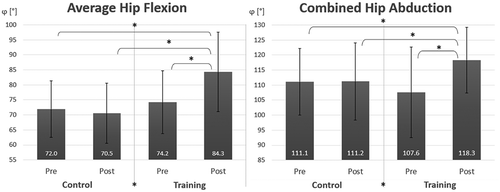
Figure 6. Results for vector spreading angles (VSA) during the kicking movements (KIM) of training (TR) and control (CO) group before (Pre) and after (Post) intervention or rest. * marks significant differences between variables and groups (further details to group differences for VSA at the nodes are shown in )

Table 3. Bonferroni post-hoc test for ANOVA for comparison of group differences of the nodes with significant ANOVA outcomes during the kick execution. Mean and standard deviation of VSAs are given for each group and brackets below mark significant differences of the Bonferroni test and the respective test times. Nodes: MT1 = first measuring time 1; KE1 = first knee extension; FLX2 = second knee flexion; KE2 = Second knee extension
Table
